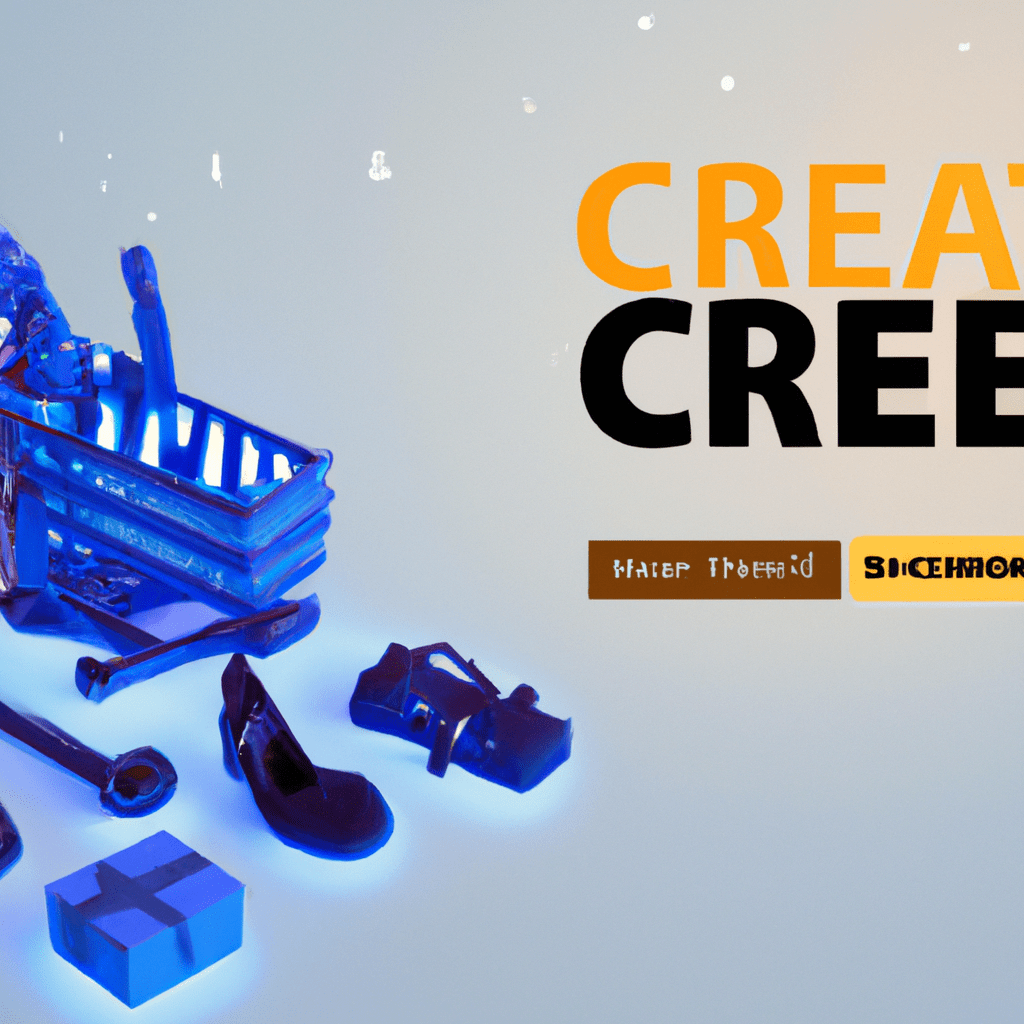The Future is Now: How Technology is Revolutionizing Online Shopping – Shlok’s Automation
The rapid advancement of technology has changed the world in countless ways and this includes how we shop. Online shopping has transformed from a niche activity to a mainstream part of our daily lives. In fact, studies predict that global e-commerce sales will reach a staggering $4.9 trillion by 2021. In this blog post, we’re going to explore how technology has changed the online shopping industry and what we can expect in the future.
A Seamless Shopping Experience: The Power of AI and Machine Learning
Artificial Intelligence (AI) and Machine Learning are no longer futuristic concepts. They’re here, and they’re making online shopping more efficient, personalized, and user-friendly. These technologies allow online retailers to analyze customer data to predict buying behaviors and preferences.
Online retailers like Amazon are using AI to offer personalized recommendations based on past purchases, viewed products, and browsing history. This not only enhances the shopping experience but also increases the likelihood of repeat purchases.
Machine Learning, on the other hand, is being used to improve customer service. Online retailers are using chatbots to answer customer queries quickly and efficiently, without the need for human intervention. This not only saves time but also reduces operational costs for businesses.
Augmented Reality: Try Before You Buy
One of the main disadvantages of online shopping has always been the inability to try out products before buying them. Augmented Reality (AR) is changing this.
AR allows customers to virtually try out products before making a purchase. For instance, IKEA’s AR app, IKEA Place, allows customers to virtually place furniture in their homes to see how it would look and fit. Similarly, Sephora’s Virtual Artist App lets users virtually try on various makeup products.
This has significantly improved the online shopping experience, reducing return rates and increasing customer satisfaction.
Mobile Shopping: Making Purchases on the Go
With the rise of smartphones, shopping is now at our fingertips. Mobile shopping or m-commerce is growing at an astounding rate. According to a report by Business Insider, m-commerce is expected to reach $284 billion, or 45% of the total U.S. e-commerce market, by 2020.
Apps are now a crucial part of the online shopping experience. They offer convenience, speed, and a more seamless shopping experience. Retailers are also using apps to offer exclusive deals and discounts, driving customer loyalty and repeat purchases.
Cryptocurrency: The Future of Online Transactions?
Cryptocurrencies like Bitcoin are another technology that could change online shopping. They offer a secure, decentralized method of payment that could revolutionize e-commerce.
While cryptocurrencies are not widely accepted yet, some online retailers like Overstock and Shopify have started accepting Bitcoin as a form of payment. As cryptocurrencies become more mainstream, they could offer a more secure and efficient way of conducting online transactions.
Conclusion
Technology has already drastically changed the online shopping experience, and it will continue to do so. The future of online shopping looks exciting with AI and Machine Learning offering personalized shopping experiences, AR enabling customers to try before they buy, mobile shopping offering convenience and speed, and cryptocurrencies potentially revolutionizing online transactions.
So next time you shop online, take a moment to appreciate the complex technology that makes it all possible. And remember, this is just the beginning. The future of online shopping is still being written, and it promises to be an exciting journey.
Anurag Dhole is a seasoned journalist and content writer with a passion for delivering timely, accurate, and engaging stories. With over 8 years of experience in digital media, she covers a wide range of topics—from breaking news and politics to business insights and cultural trends. Jane's writing style blends clarity with depth, aiming to inform and inspire readers in a fast-paced media landscape. When she’s not chasing stories, she’s likely reading investigative features or exploring local cafés for her next writing spot.






